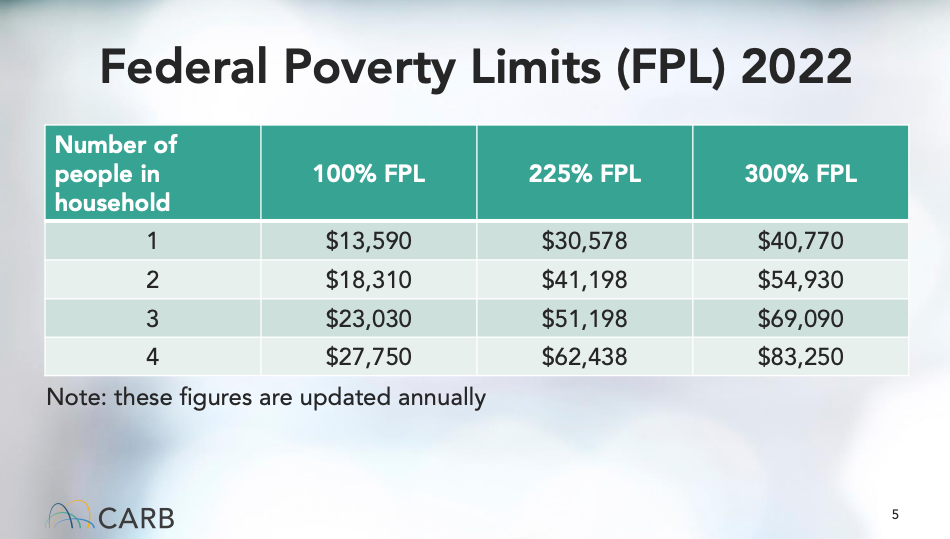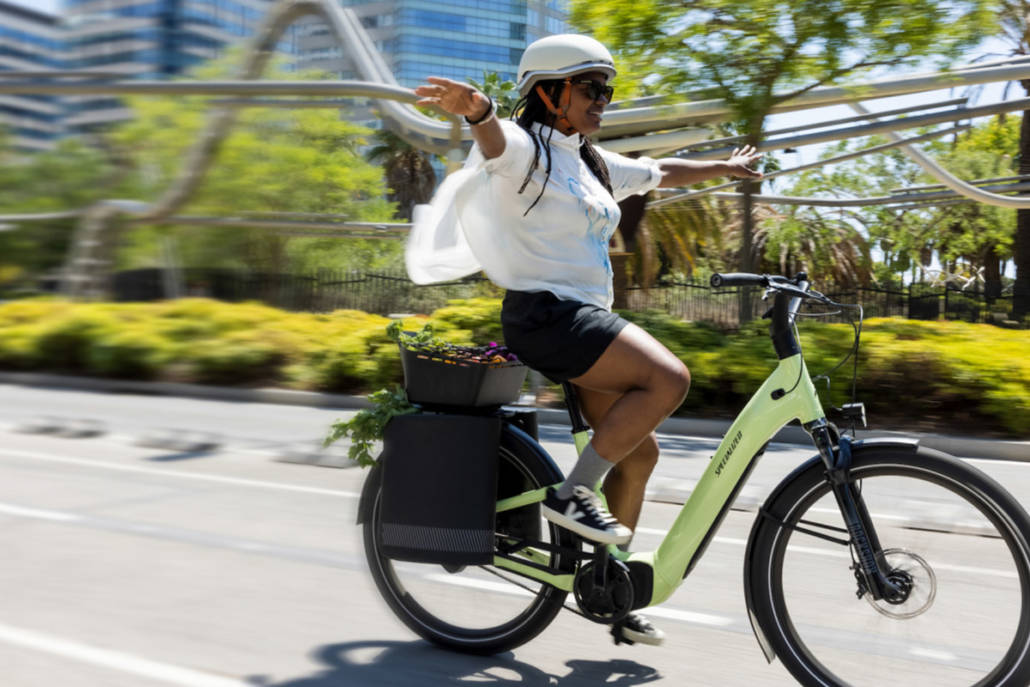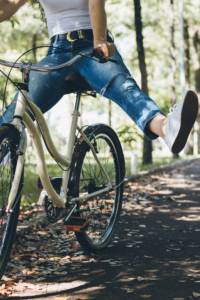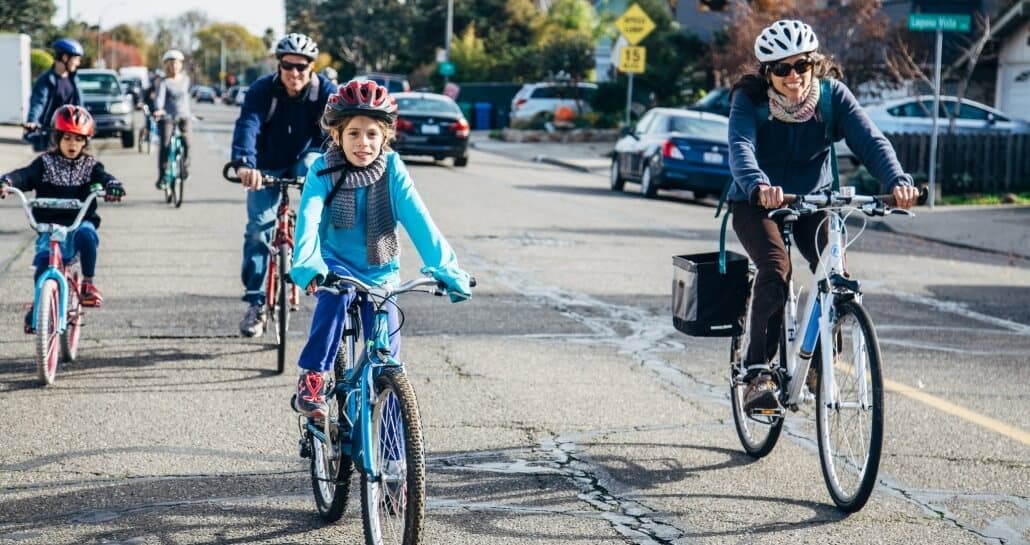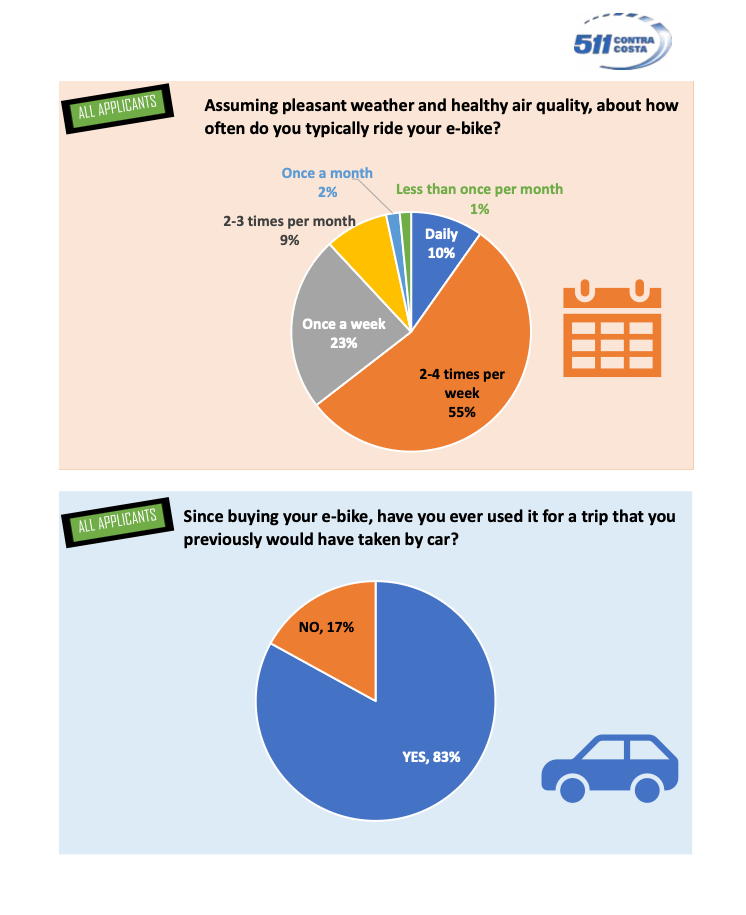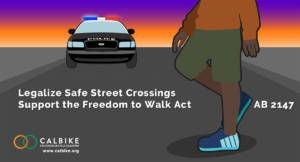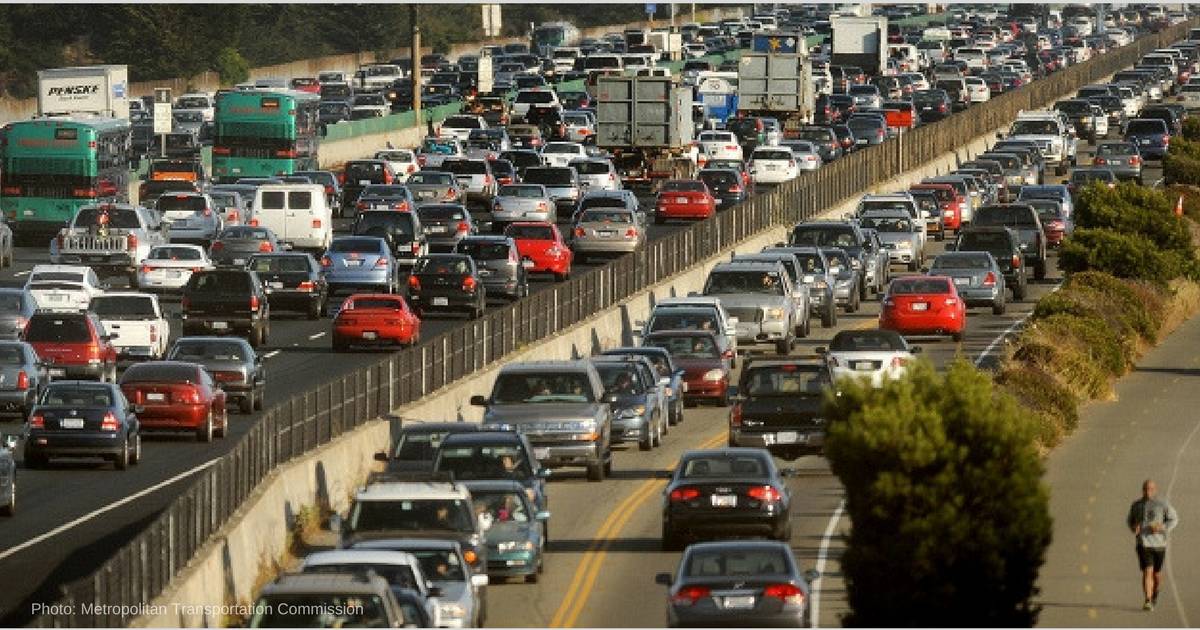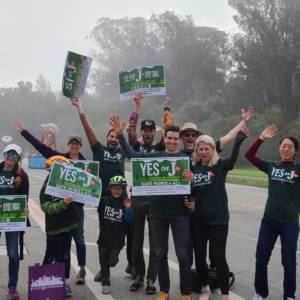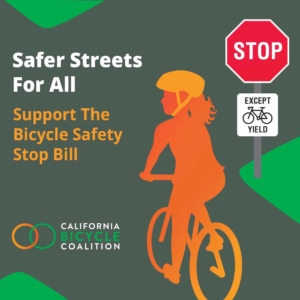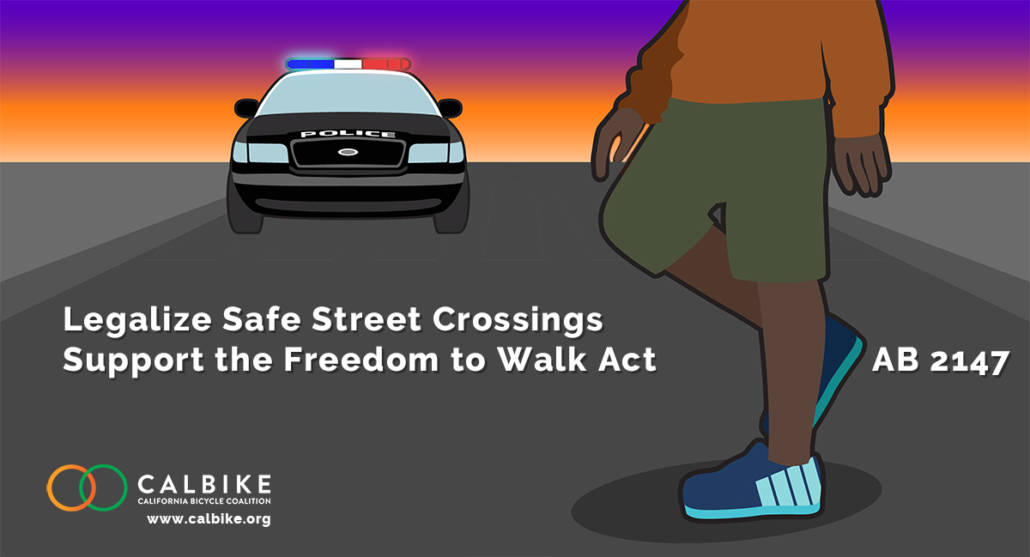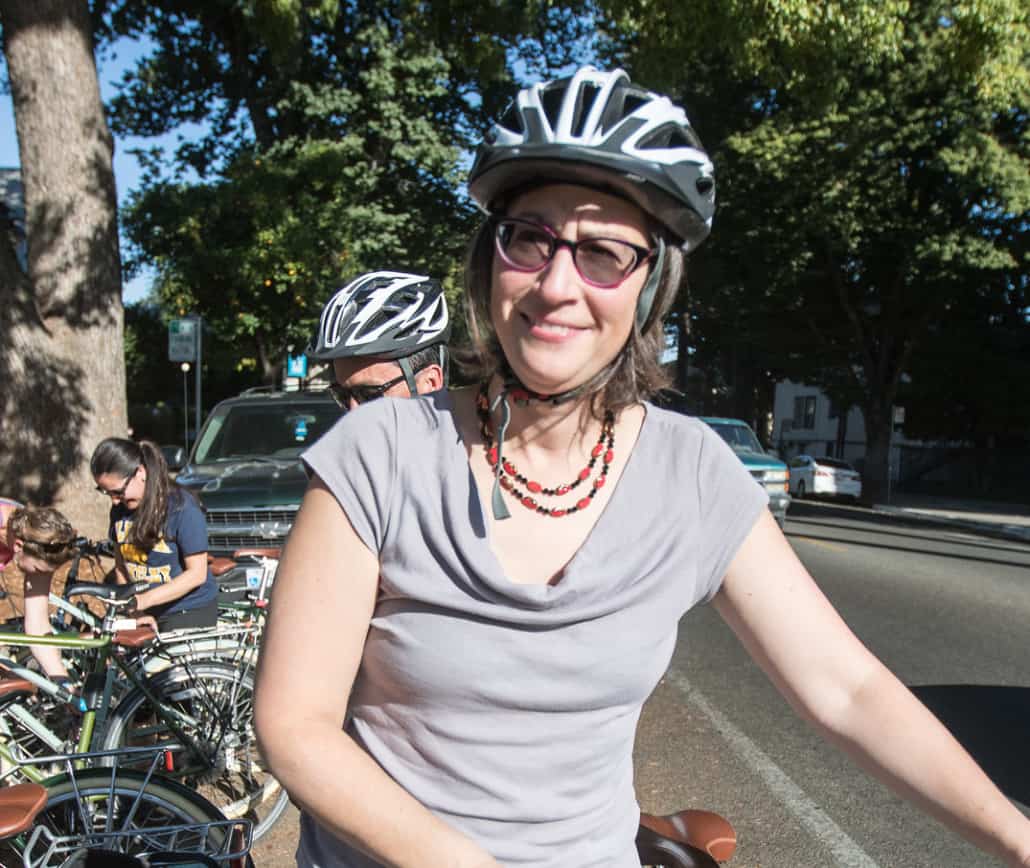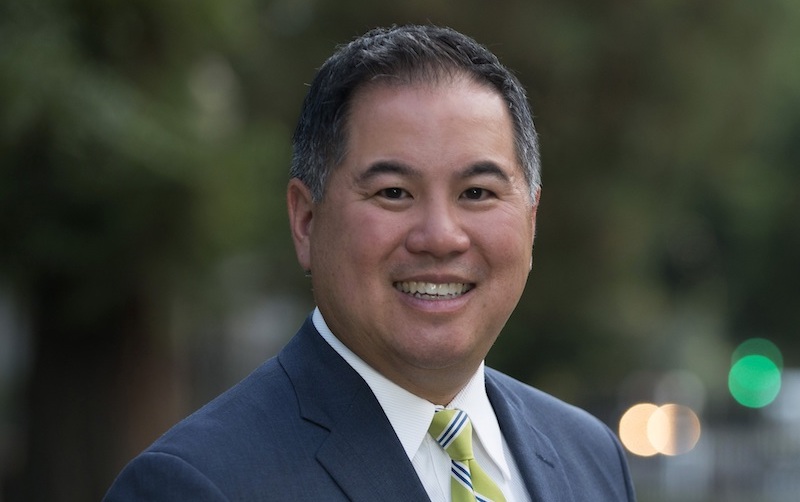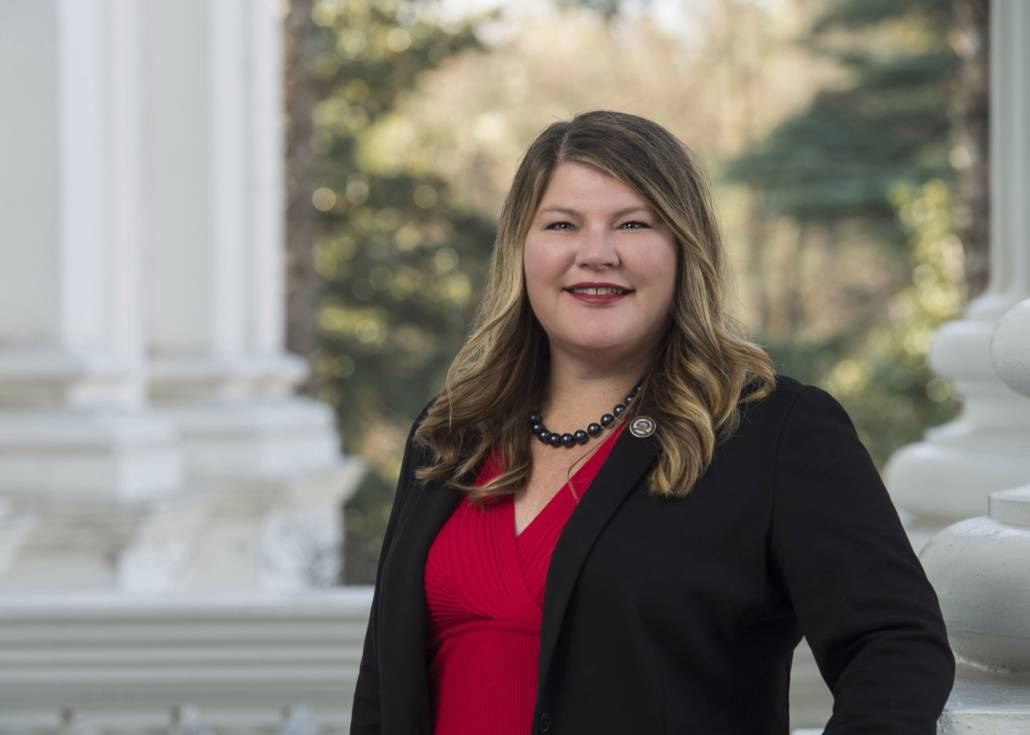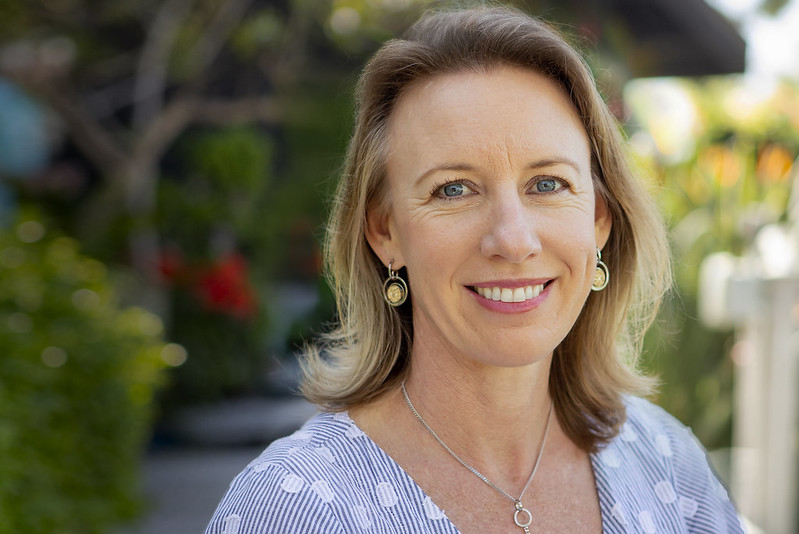ActiveSGV Pioneers New Model for E-Bike Program
Based in the San Gabriel Valley, local advocacy partner ActiveSGV has operated a unique e-bike program, GoSGV since the summer of 2022 and is rolling out new options in 2023.
Unlike many local e-bike programs, GoSGV doesn’t give subsidies for an e-bike purchase and, unlike San Diego’s Pedal Ahead program, it doesn’t require users to log miles or ride a certain distance. We spoke with Jazmin Joyce, Special Programs Specialist with ActiveSGV, about how the program works and why its innovative approach could be a model for other local e-bike programs.
Small group, big plans
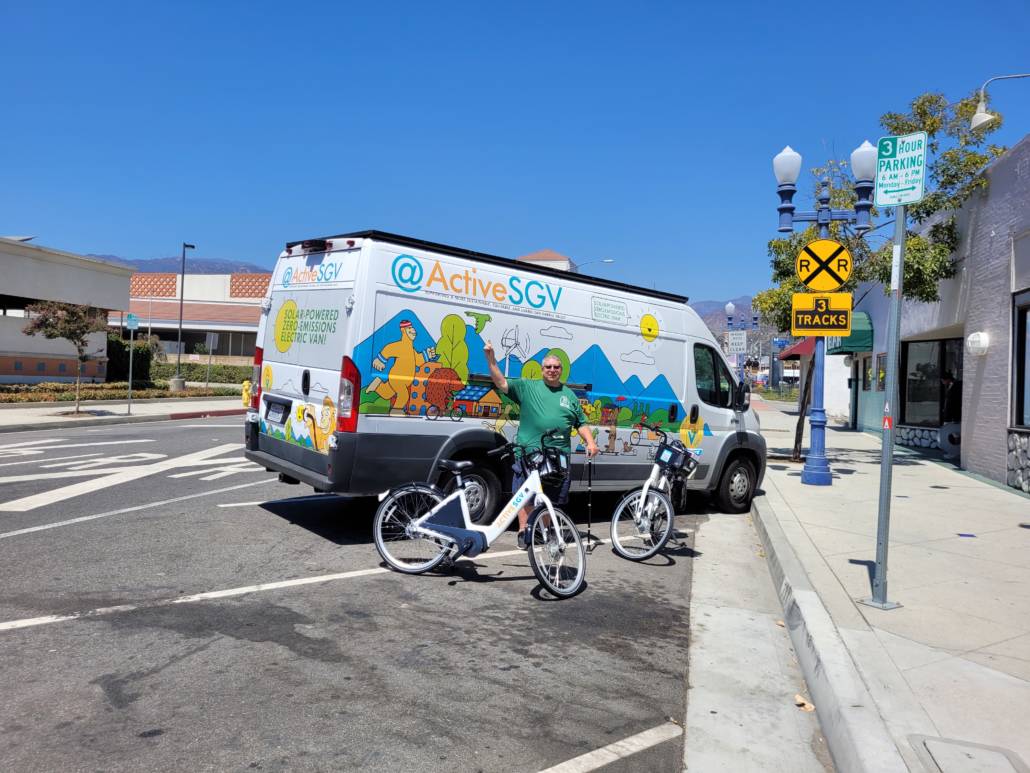
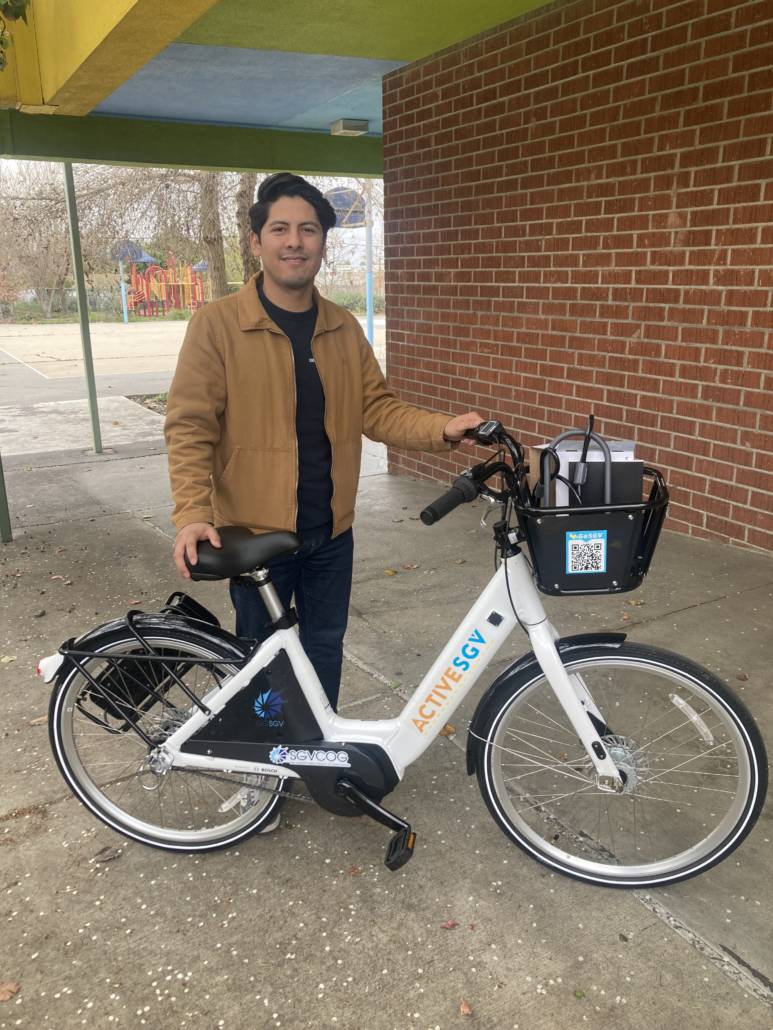
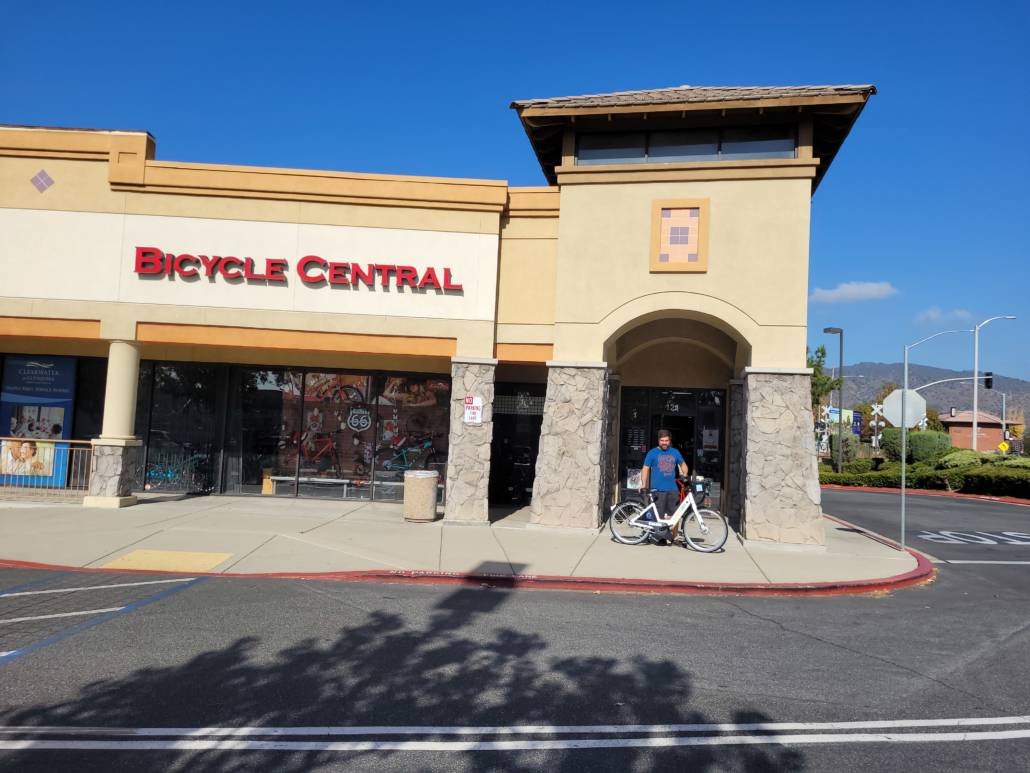
Started as a Facebook group a little more than a decade ago, ActiveSGV isn’t a big organization, but the savvy of its staff, board, and volunteers, and its willingness to take risks on innovative programs, have made it stand out. Its first e-bike program, launched in 2016, gave San Gabriel Valley residents $750 toward an e-bike purchase, and it was one of the first such programs in the U.S.
“What we do really well is partnerships,” Joyce says. The group looks for funding opportunities and tries to understand the needs of the community, then works to meet those needs. In the San Gabriel Valley, the bus system is spotty (especially since COVID), there aren’t a lot of accessible bike lanes, and cost is a barrier to riding a bicycle, especially an e-bike. “Transportation is a big barrier. We hear that all the time,” she says.
ActiveSGV decided to create an e-bike program because “people need to get to places that are far away,” Joyce says. “The e-bike is offering that opportunity to not just make it a recreational ride — to make it a useful ride.” With the region’s hilly terrain and hot summers, e-bikes are a natural fit for the group.
Share-to-own e-bikes
However, making e-bikes accessible is a big lift for a small group. So, while GoSGV has relied on grant funding to get started, it hopes that its unusual approach will make the program self-sustaining eventually.
Starting in 2018, GoSGV allowed people to try out bikes. It was originally operated by a private micromobility company. When private operators folded due to the pandemic, ActiveSGV stepped in to run it, with a vision for a program more suited to the needs of the region than docked, short-term rentals.
Under ActiveSGV’s stewardship, GoSGV rents e-bikes by the month, with reduced rates for low-income folks. The program offers a commuter bike and a bakfiets-style cargo bike with a basket in the front. The cargo bikes have been particularly popular, with people using them to take kids to school.
Since its relaunch in August 2022, the program has distributed over 200 bikes, and 23% of users have kept their bikes since the start of the program.

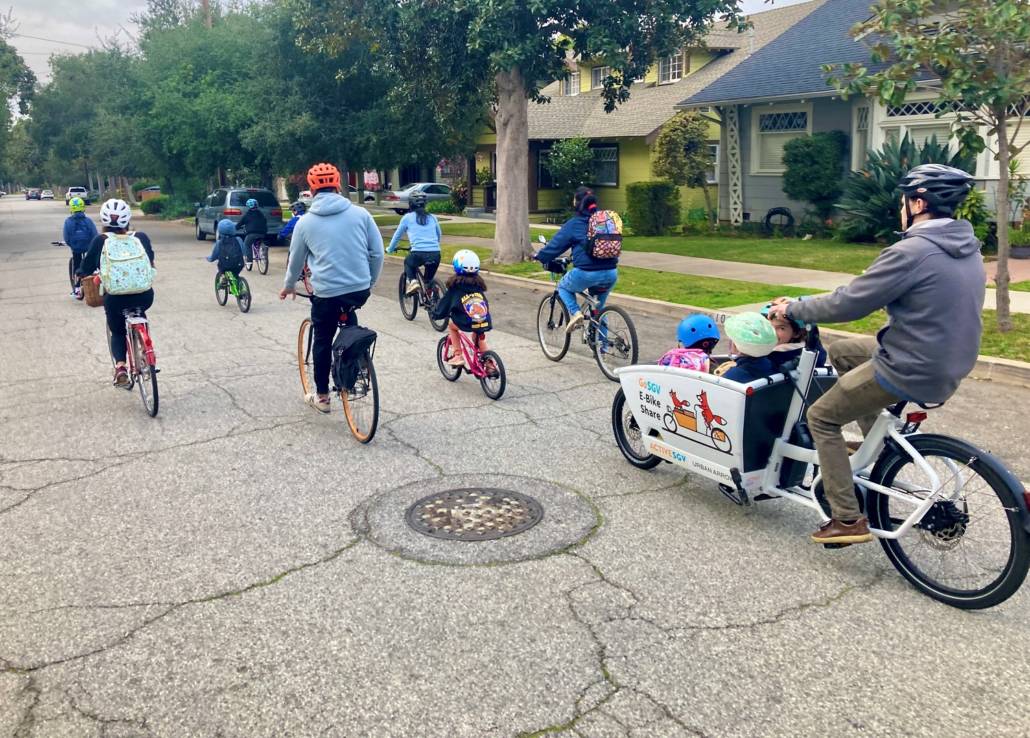
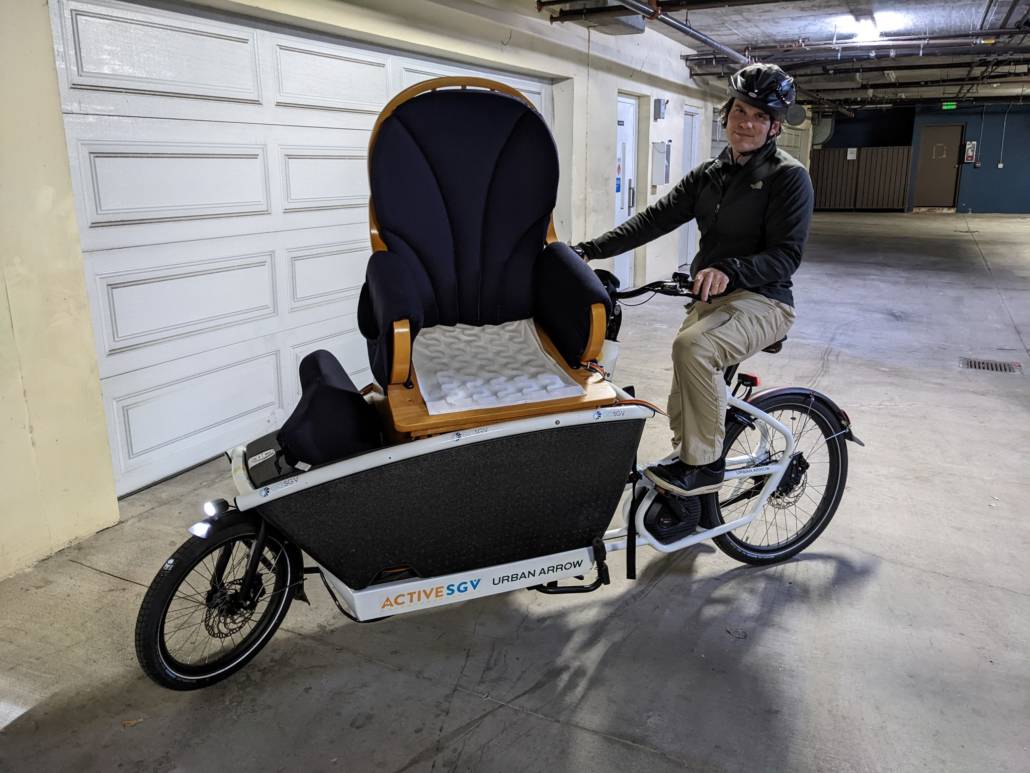
GoSGV gives people a low-cost way to try out life on an e-bike and figure out if it’s a good fit for them. “People really enjoyed the exposure to the e-bike, and they want to buy a bike for themselves because they enjoyed it,” Joyce says. At least five members have bought an e-bike as a result of their experience with the rental bike.
GoSGV also offers test-ride events to raise awareness about the program and give people a chance to try it out before committing to a monthly rental. “We’re able to connect with the community in a different way about bikes,” she says. The team hosts group bike rides, provides guidance and tips on safe riding and storage for new renters, and tries to respond to user questions quickly.
The program recently added a new twist: If a user rents a bike for 36 months, they can keep it as their own. At that point, the rental fees will have covered the purchase price of the bike, with the rider getting to pay for the purchase in small increments while having use of the e-bike.
A self-sustaining model for e-bike access
The funding to buy the e-bikes came through an ATP grant to the San Gabriel Valley Council of Governments. At present, operational costs are covered by rental fees, donations, and grants, but Joyce believes the GoSGV model can become self-sustaining.
The group plans to expand the program to local university campuses and also hopes to expand its bike fleet, especially the cargo bikes, which are in such high demand that they are limited to a two-month rental.
“We want to create access and exposure to these types of bikes,” Joyce says. Many people hadn’t thought about buying an e-bike before. ActiveSGV builds bike culture, one bike at a time, through its GoSGV program.
How to apply for the program:
San Gabriel Valley residents can apply by submitting an application at GoSGV.com. Once you’re approved for the program, you can schedule a time to pick up your bike or have it delivered for a $45 delivery fee.

